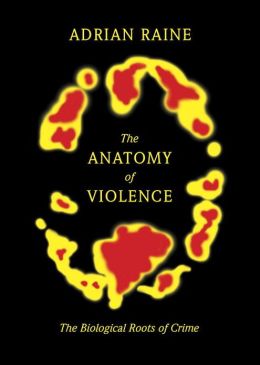In Wall Street Journal Article, Neurocriminologist Adrian Raine Discusses The Anatomy of Violence
Saturday, April 27th, 2013A couple of months ago, we shared a story about a pilot episode for a CBS television show based on the work of a very intriguing professor who works on issues at the heart of ponerology. That person is Adrian Raine, professor of criminology, psychiatry and psychology at the University of Pennsylvania.
Today’s Wall Street Journal features a sizeable piece by Raine as its “Saturday Essay.”
The title of the essay is “The Criminal Mind” and underneath the title it says “Advances in genetics and neuroscience are revolutionizing our understanding of violent behavior—as well as ideas about how to prevent and punish crime.”
It doesn’t get much more relevant to ponerology than that. And it’s heartening to see Raine given a platform to share his extremely important and provocative ideas in The Wall Street Journal just in advance of the release of his book The Anatomy of Violence: The Biological Roots of Crime.
Raine’s essay touches on: (more…)
